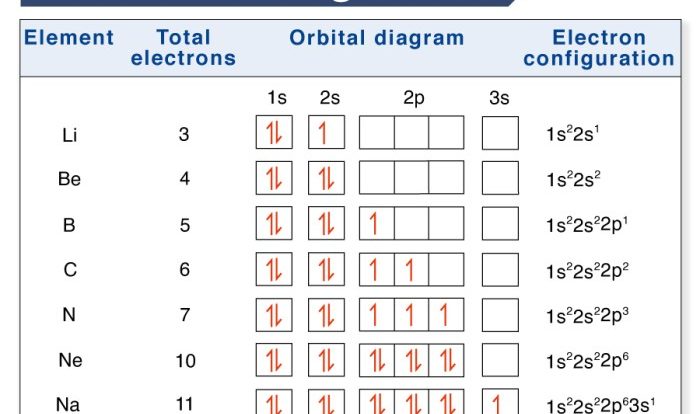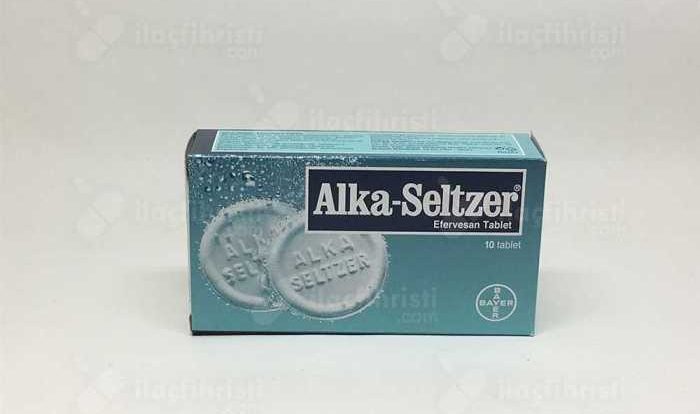Mole to grams grams to moles conversions worksheet – Embark on a comprehensive exploration of mole-to-gram and gram-to-mole conversions, a fundamental aspect of chemistry that unravels the intricacies of chemical calculations and empowers researchers with the ability to decipher the quantitative relationships between substances.
Delve into the depths of this intricate topic, where we unveil the significance of these conversions, unravel the underlying formula, and embark on a journey of practice problems to solidify your understanding.
1. Introduction to Mole-to-Gram and Gram-to-Mole Conversions
In chemistry, the mole is a fundamental unit of measurement used to quantify the amount of a substance. One mole is defined as the amount of substance that contains exactly 6.022 × 10 23elementary entities, which can be atoms, molecules, ions, or electrons.
The gram is another unit of measurement used to quantify mass. One gram is defined as one-thousandth of a kilogram (1 g = 10 -3kg).
Converting between moles and grams is essential in chemistry for various calculations, such as determining the mass of reactants and products, and calculating concentrations of solutions.
2. Understanding the Formula and Calculations
The formula for converting moles to grams is:
Mass (g) = Moles (mol) × Molar mass (g/mol)
The formula for converting grams to moles is:
Moles (mol) = Mass (g) / Molar mass (g/mol)
To perform these conversions, you need to know the molar mass of the substance you are working with. The molar mass is the mass of one mole of that substance and is expressed in grams per mole (g/mol).
3. Examples and Practice Problems
Example 1: Converting moles to grams
How many grams are in 2.5 moles of sodium chloride (NaCl)?
The molar mass of NaCl is 58.44 g/mol.
Mass (g) = Moles (mol) × Molar mass (g/mol)
Mass (g) = 2.5 mol × 58.44 g/mol
Mass (g) = 146.1 g
Therefore, 2.5 moles of NaCl is equal to 146.1 grams.
Example 2: Converting grams to moles
How many moles are in 50.0 grams of glucose (C 6H 12O 6)?
The molar mass of glucose is 180.16 g/mol.
Moles (mol) = Mass (g) / Molar mass (g/mol)
Moles (mol) = 50.0 g / 180.16 g/mol
Moles (mol) = 0.277 moles
Therefore, 50.0 grams of glucose is equal to 0.277 moles.
4. Applications in Chemistry: Mole To Grams Grams To Moles Conversions Worksheet
Mole-to-gram and gram-to-mole conversions are used in various chemical calculations, including:
- Determining the mass of reactants and products: In chemical reactions, the mole ratios between reactants and products are determined by the stoichiometry of the reaction. By converting moles to grams, we can calculate the mass of each reactant and product involved in the reaction.
- Calculating concentrations of solutions: The concentration of a solution is expressed in terms of molarity (M), which is defined as the number of moles of solute per liter of solution. By converting grams of solute to moles, we can calculate the molarity of the solution.
5. Error Analysis and Troubleshooting
Common errors that may occur during mole-to-gram and gram-to-mole conversions include:
- Using the incorrect molar mass: It is important to use the correct molar mass of the substance you are working with. Using an incorrect molar mass will lead to incorrect results.
- Incorrect unit conversions: Make sure to convert all units to the appropriate units before performing the calculations. For example, if you are converting grams to moles, you need to convert the mass to kilograms before dividing by the molar mass.
To avoid these errors, it is important to carefully check your work and make sure that you are using the correct units and molar masses.
Key Questions Answered
What is the significance of mole-to-gram and gram-to-mole conversions in chemistry?
These conversions play a crucial role in determining the quantitative relationships between reactants and products in chemical reactions, enabling us to calculate the mass of substances involved and unravel the intricacies of chemical stoichiometry.
Can you provide an example of a mole-to-gram conversion?
To convert 2.5 moles of sodium chloride (NaCl) to grams, we multiply the number of moles by the molar mass of NaCl (58.44 g/mol): 2.5 moles NaCl x 58.44 g/mol = 146.1 g NaCl.


